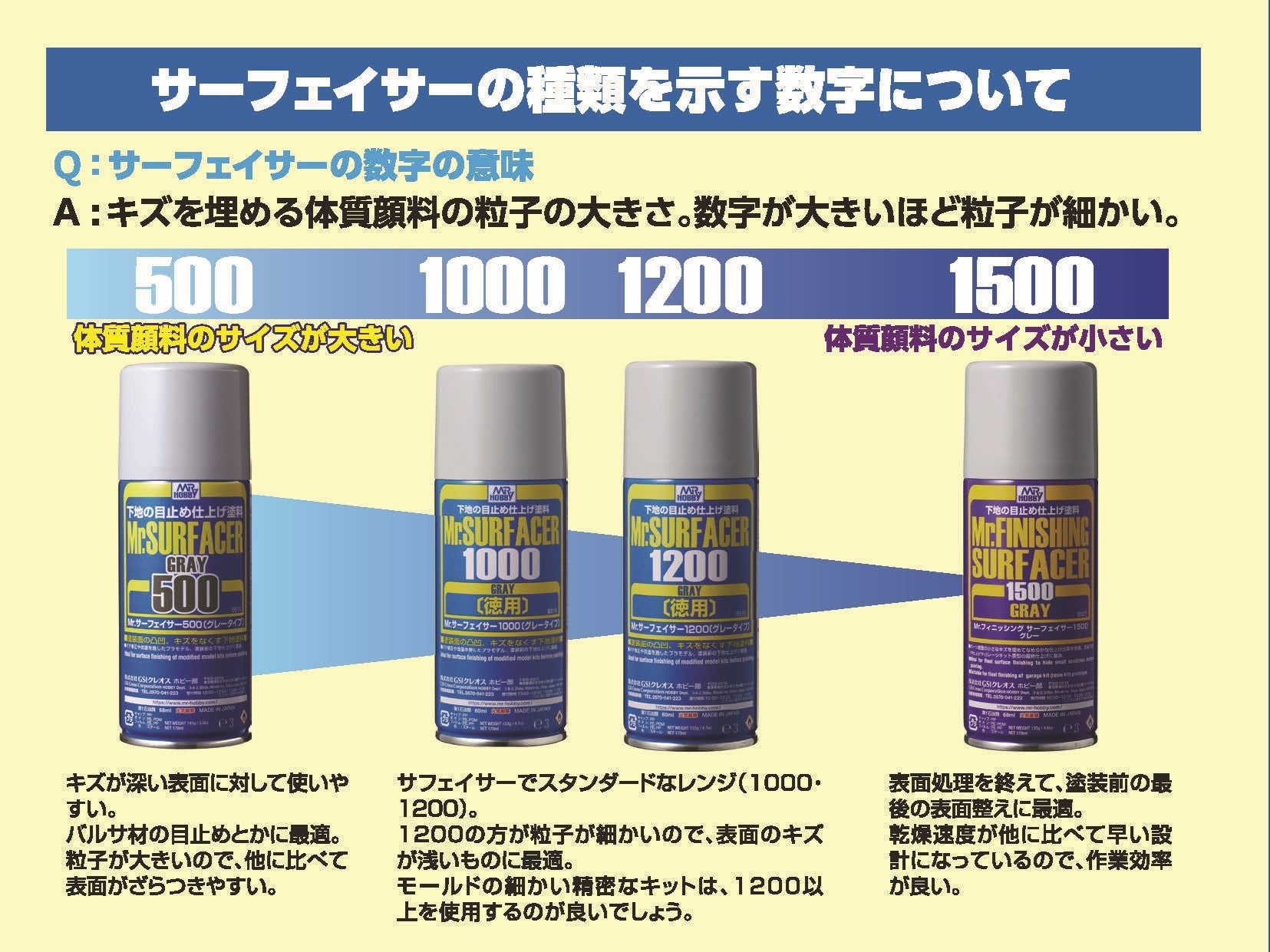Description
[The Pinnacle of Fleet-Type Destroyers: Recreating the Sleek Appearance of the Early War Years]
The Kagerō-class destroyers were first planned in 1937, after Japan's withdrawal from the London Naval Treaty.
The first ship of this class, the Kagerō itself, was completed in November 1939.
Boasting a hull with excellent seaworthiness, maneuverability, and strength, it was equipped with powerful anti-ship weaponry: three 12.7 cm twin-gun turrets and two 61 cm quadruple torpedo tube mounts.
Its speed was 35 knots, and its cruising range at 18 knots was 5,000 nautical miles.
From the Pearl Harbor attack in December 1941, it participated in numerous operations during the Pacific War, including the Rabaul campaign, the Battle of the Indian Ocean, and the Battle of Midway.
In particular, during the night battle off Lunghu Point in November 1942, eight destroyers, including the Kagerō, heavily damaged the US heavy cruisers Minneapolis, Pensacola, and New Orleans, and later, together with the destroyer Makiha, sank the US heavy cruiser Northampton.
It also engaged in convoy escort and troop/supply transport missions.
Until its final demise off the Solomon Islands in May 1943, it consistently fought fiercely at the forefront of the battles.
[Main Specifications of the Kagero]
● Standard displacement: 2,000 tons
● Length: 118.5 m, Beam: 10.8 m
● Power: 52,000 horsepower
● Speed: 35 knots
● Armament: Three 12.7 cm twin-gun turrets (50 caliber), two 61 cm quadruple torpedo tube mounts, two 25 mm twin machine guns.
[Model Specifications]
This is a plastic model kit of the Kagerō-class destroyer, a mainstay of the Imperial Japanese Navy during the Pacific War.
It depicts the lead ship, Kagerō, which performed remarkably during the Battle of Savo Island and other engagements.
● 1/350 scale, total length 338 mm, total width 31 mm.
● The hull is divided into left and right sections, with finely detailed engraving of the hull plating seams and external wiring.
● Ventilation shafts, the loop antenna on the after bridge, depth charge racks, propeller guards, and ladders are made of photo-etched parts for a sharp, crisp finish.
● The anchor chain and propeller shaft are made of high-quality metal.
● The bridge windows and searchlight lenses are made of clear plastic, enhancing realism along with the precise molding of the superstructure.
● The fore and aft masts and flagpoles are made of durable ABS resin. A jig for assembling the tripod mast without warping is included.
● The main gun turrets, torpedo tubes, azimuth sight on the bridge, and rudder are all rotatable using polycaps.

![No. 32 Japanese Navy Destroyer Kagero [日本海軍駆逐艦 陽炎]](http://hobbycrafthk.com/cdn/shop/files/78032a.jpg?v=1759383674&width=4032)
![No. 32 Japanese Navy Destroyer Kagero [日本海軍駆逐艦 陽炎]](http://hobbycrafthk.com/cdn/shop/files/78032b.jpg?v=1759383675&width=4032)
![No. 32 Japanese Navy Destroyer Kagero [日本海軍駆逐艦 陽炎]](http://hobbycrafthk.com/cdn/shop/files/78032c.jpg?v=1759383674&width=4032)
![No. 32 Japanese Navy Destroyer Kagero [日本海軍駆逐艦 陽炎]](http://hobbycrafthk.com/cdn/shop/files/78032d.jpg?v=1759383674&width=4032)


